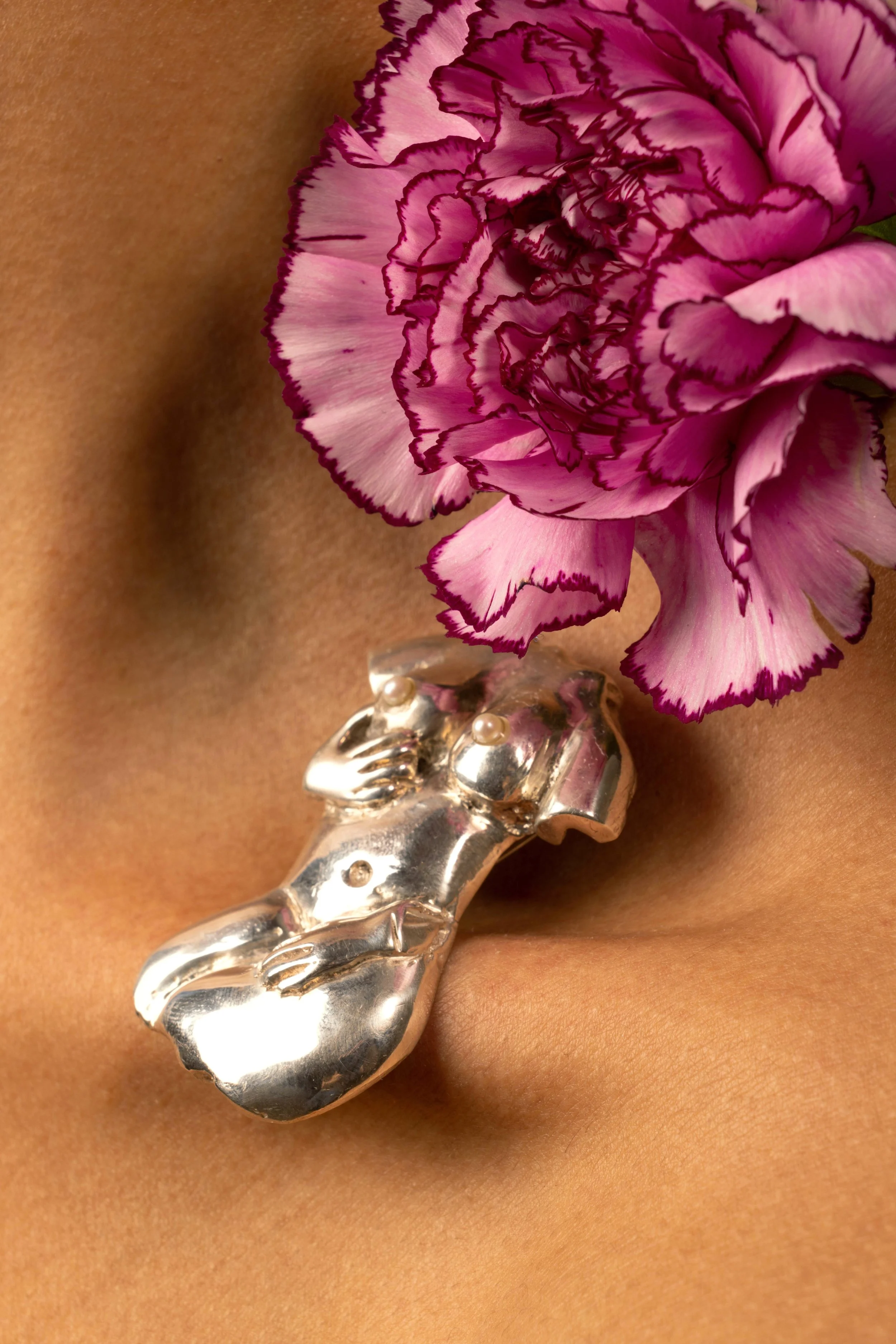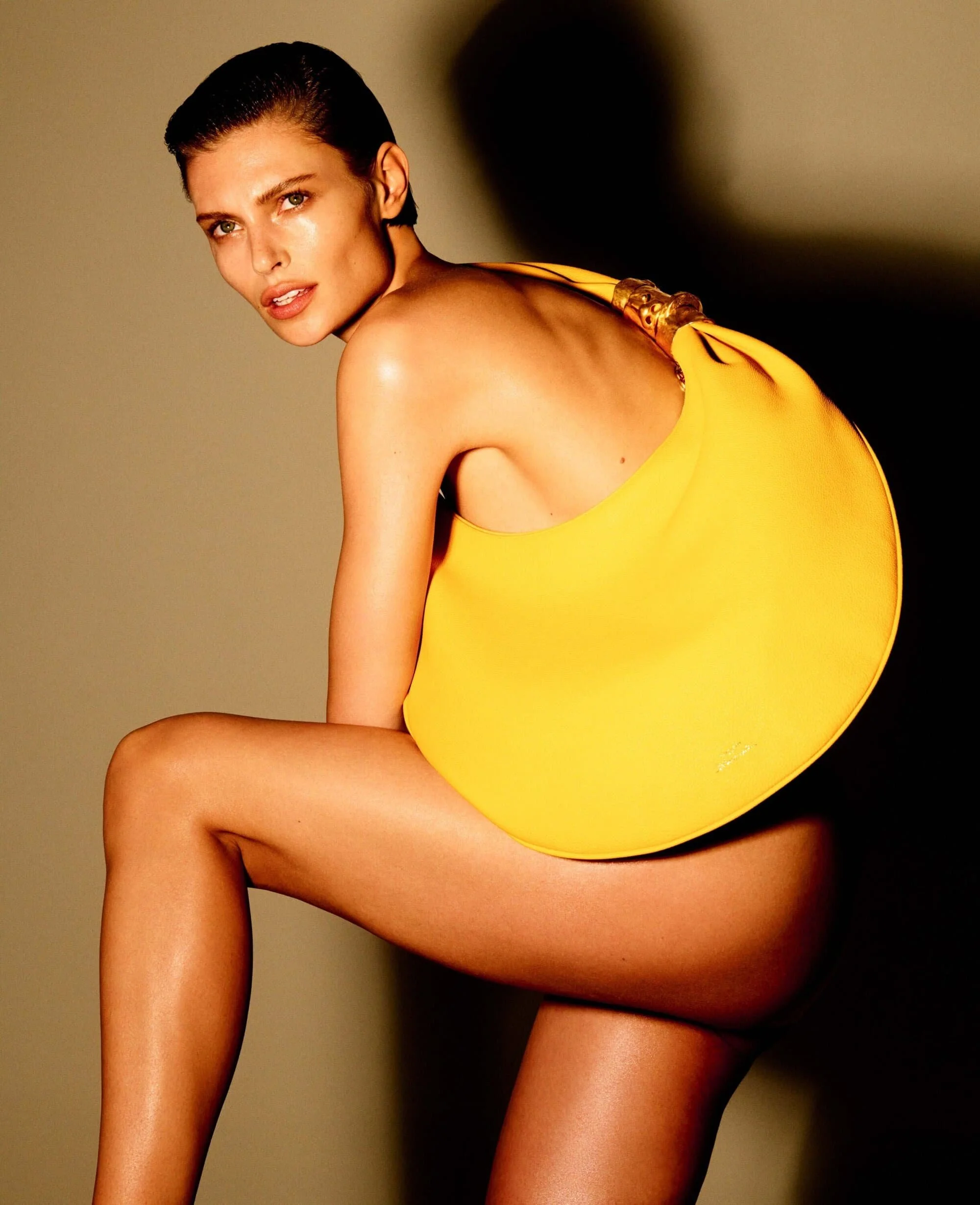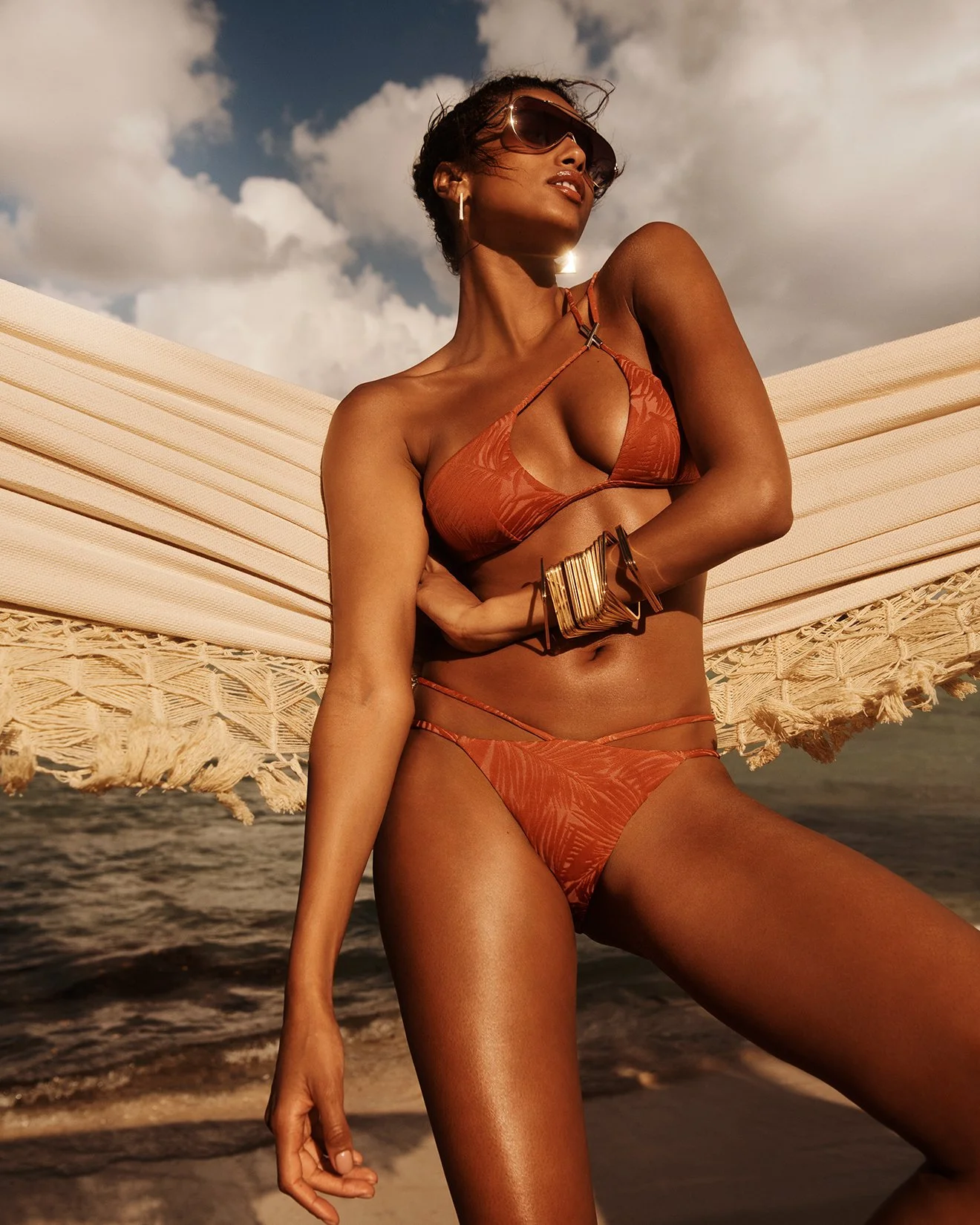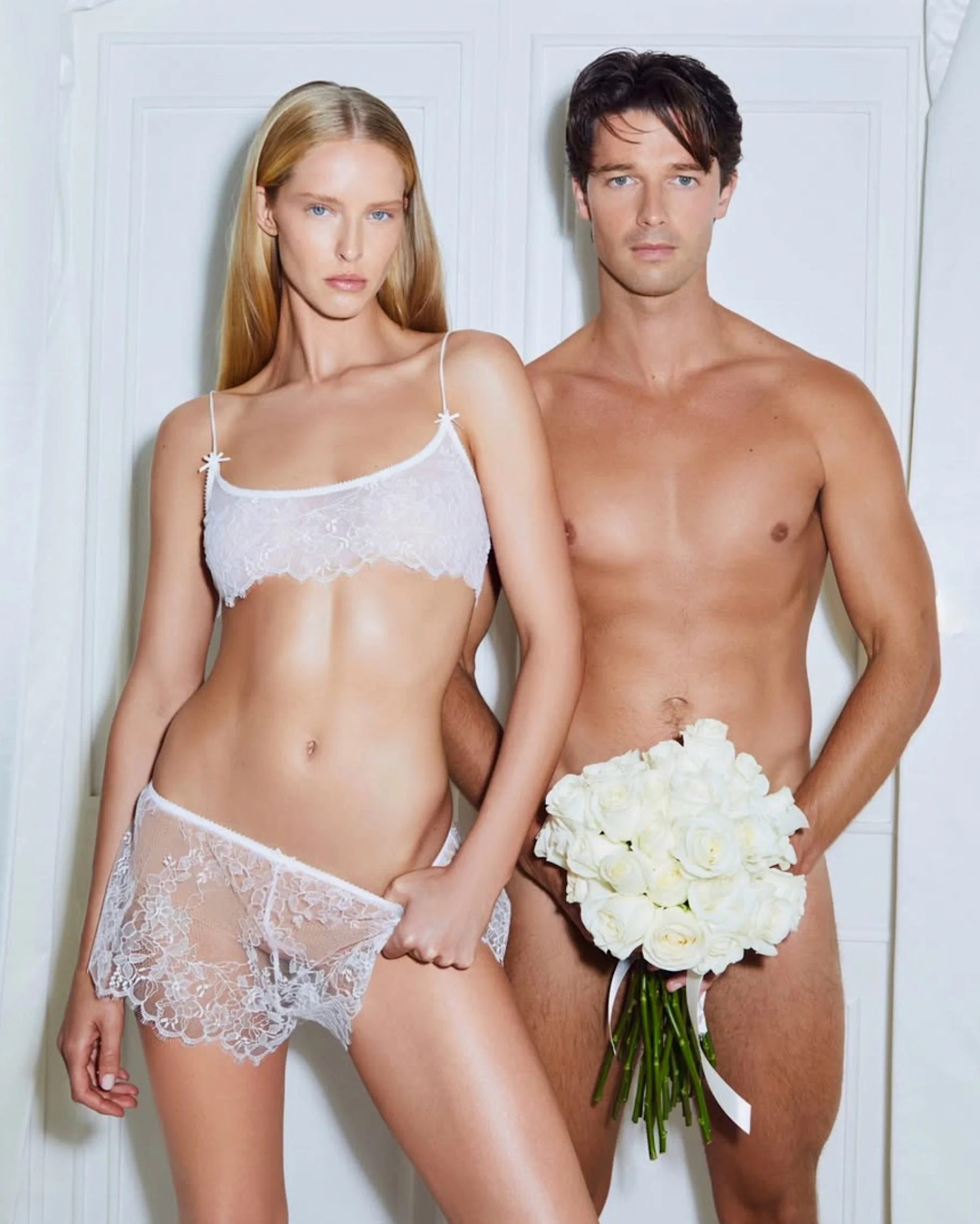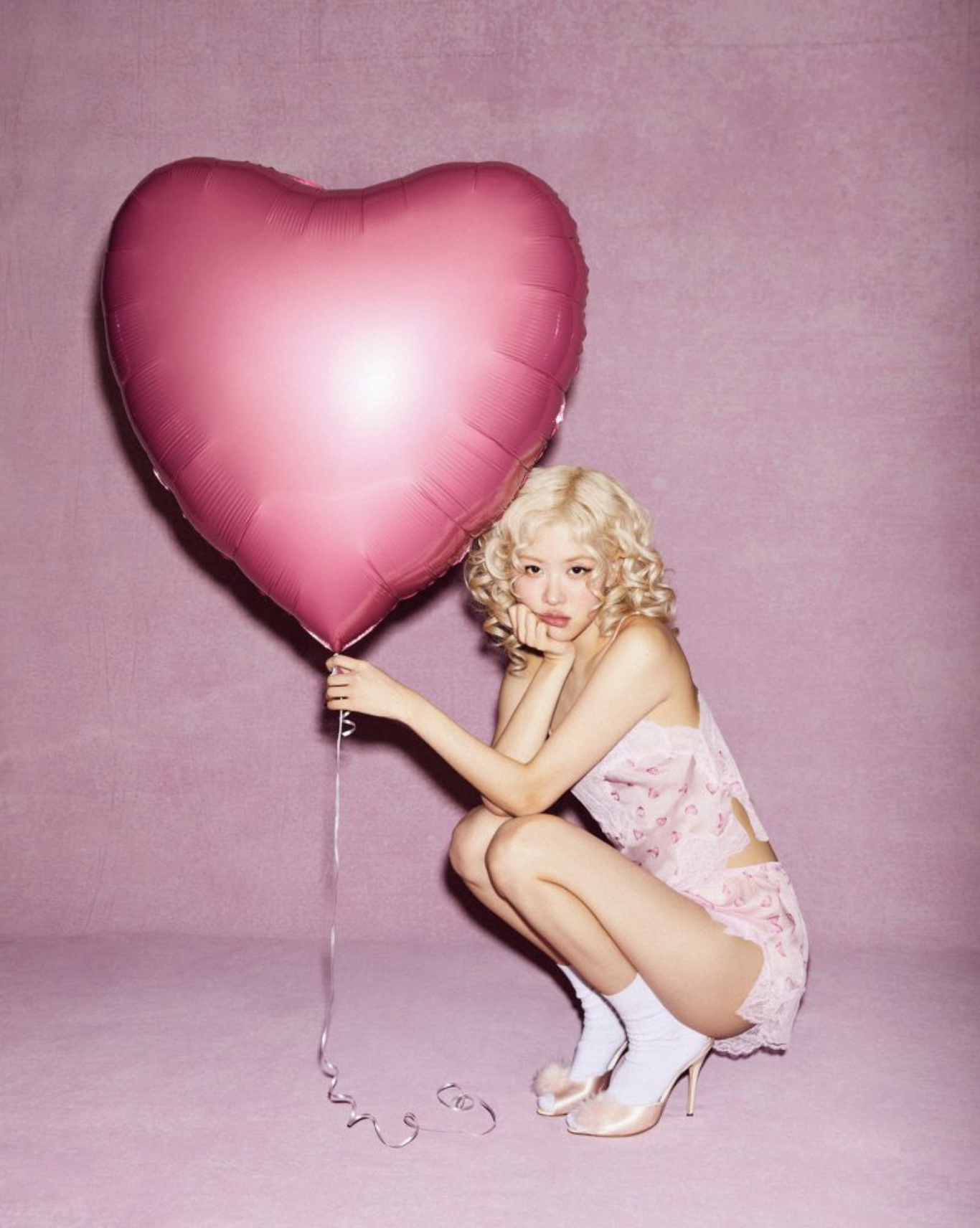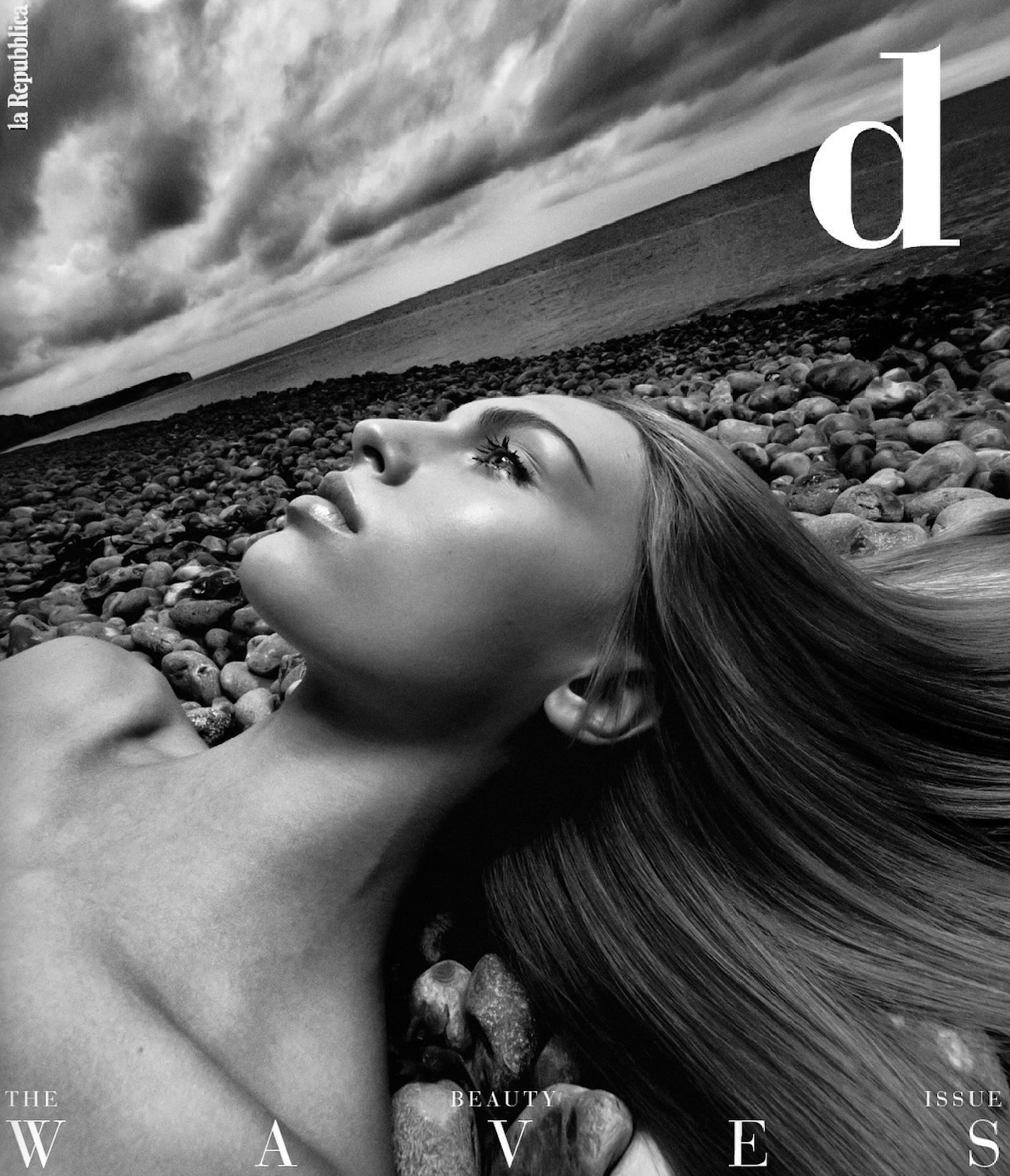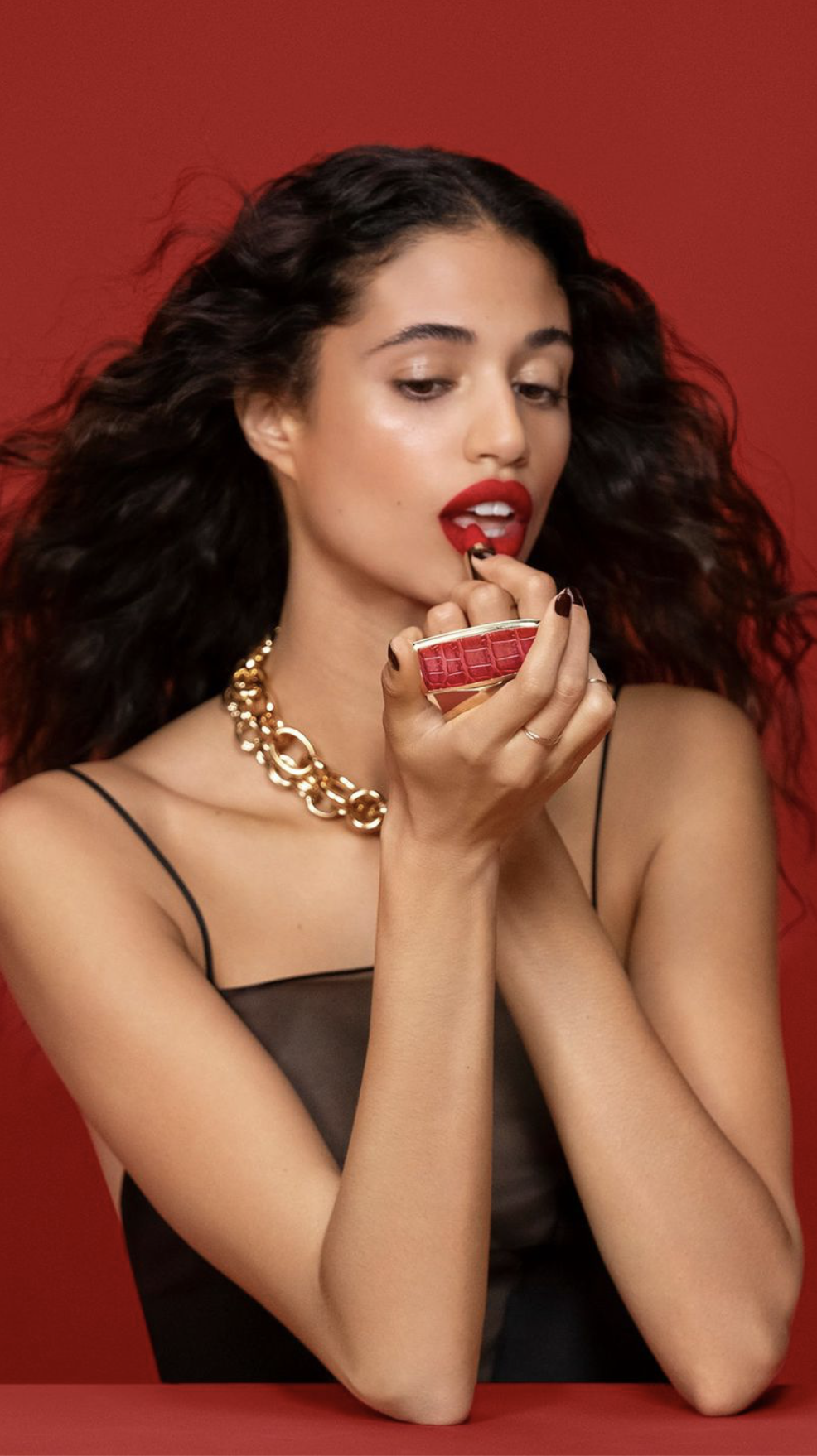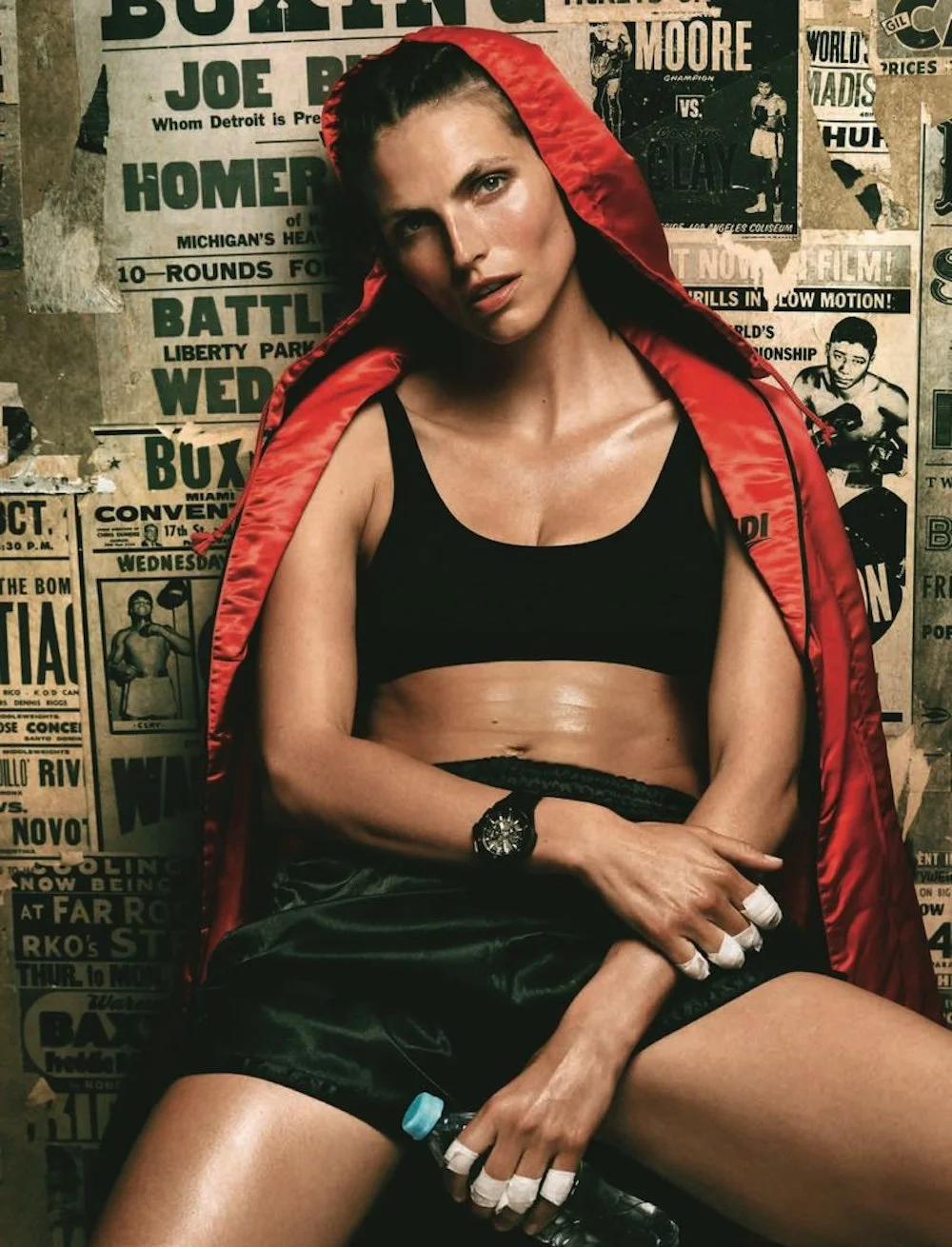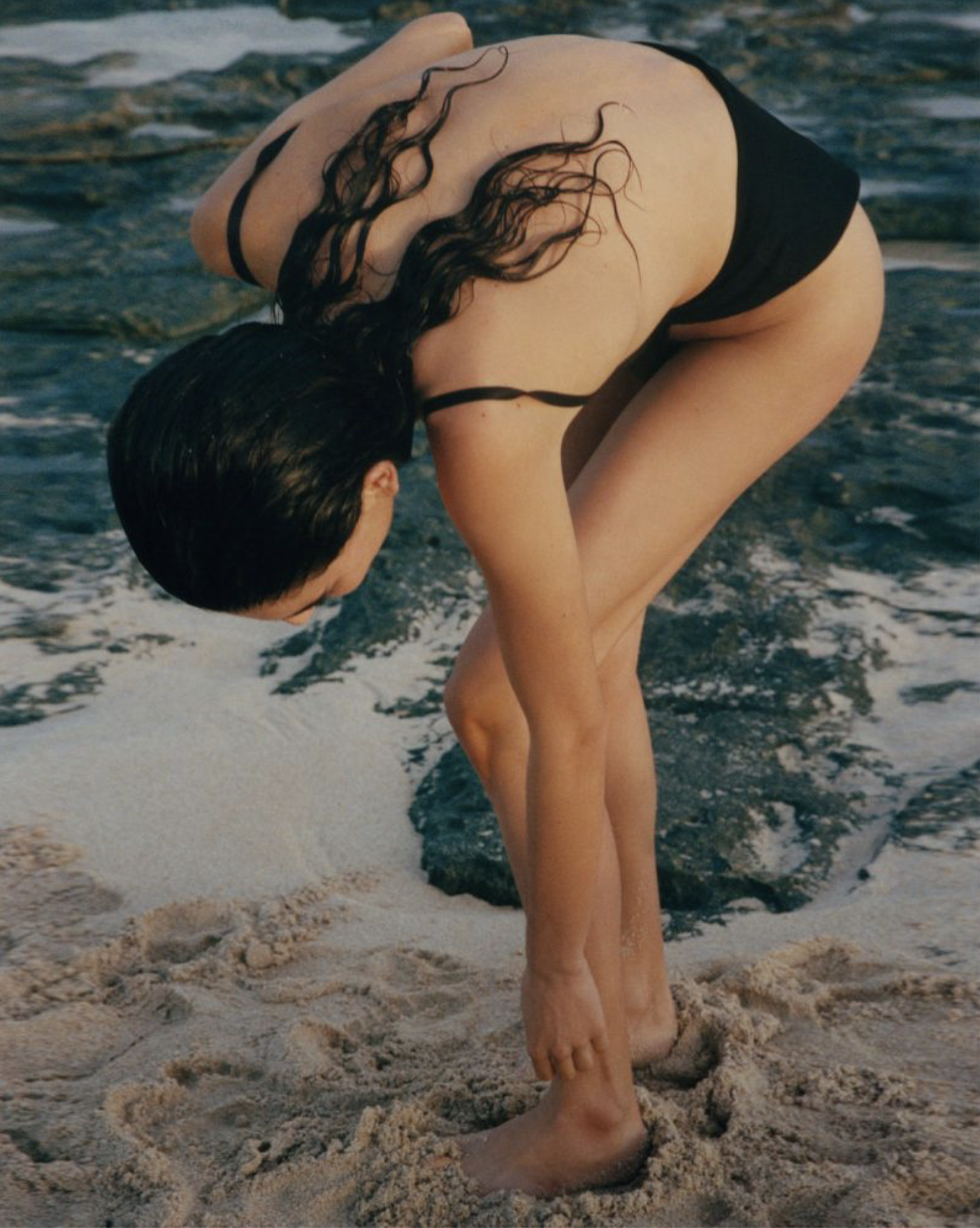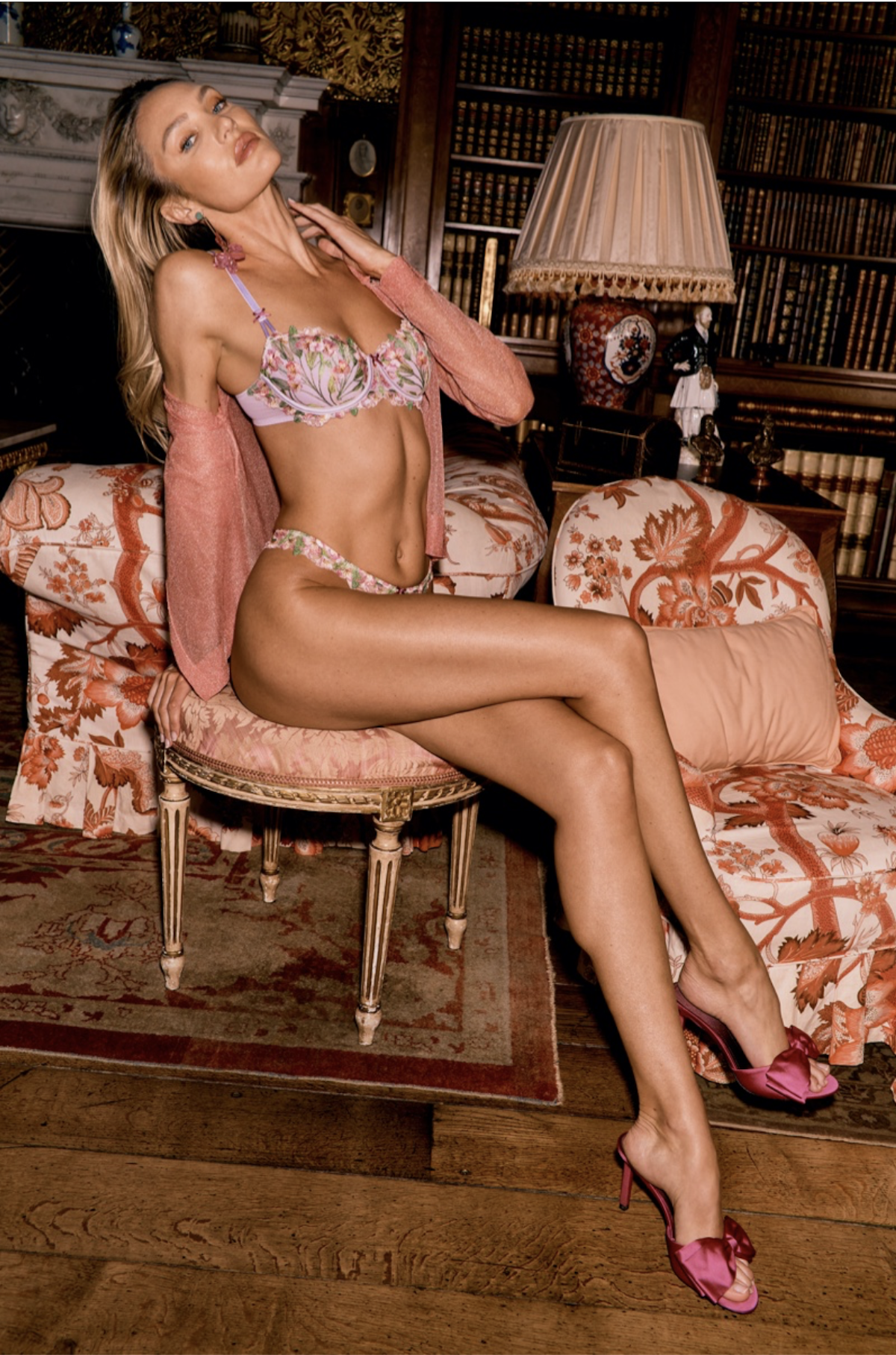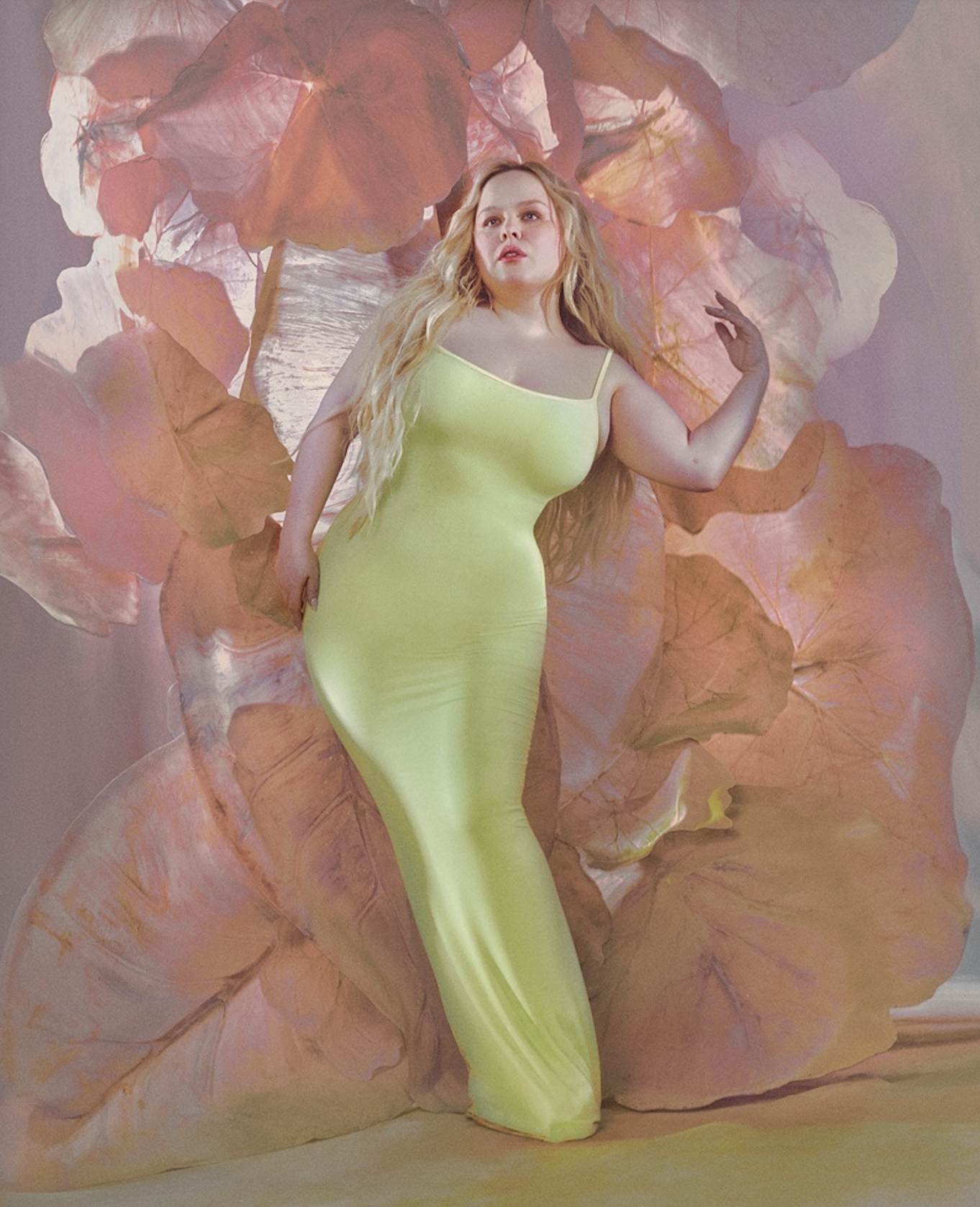Research | Is Changing Ideal Body Image Is Good For Society?
/
American model Tara Lynn continues to model the new season’s H&M Big Is Beautiful collection. She has modeled larger size clothing for Bloomingdale’s, Nordstrom, and Forever21’s Faith21 line. She has also previously appeared ‘au naturel’ in French Elle.
Gather writes:
The BiB clothes are obviously quite attractive, but in a society like ours where thinness is the sine qua non of physical beauty—especially for women— the question is, can a woman of Tara’s size still be considered sexy? Furthermore, because of the myriad health problems associated with obesity, is it wrong to even attempt to portray women of Tara’s more than ample proportions as sexy? Are her admittedly sensuous beachwear and swimsuit photos sending the wrong message? A message that could prove ultimately deadly?
Last month Dr Davide Dragone and Dr Luca Savorelli of The Suntory Center at London School of Economics wrote a paper ‘Thinness and Obesity: A Model of Food Consumption, Health Concerns, and Social Pressure.
I’ve read the paper twice now. Thankfully I was a straight A student in calculus, taking it five days a week at 7am.
The authors respond to legislation in Italy, Germany, Spain and France that attempts to ‘reduce unhealthy eating behavior among young people, in particular young women, by affecting the ideal of beauty that the media and the fashion industry disseminated.’
The paper propose a theoretical framework to assess whether increasing the ideal body weight is socially desirable, both from a welfare and from a health point of view. The discussion is very mathematical and examines the impact of advertising and social imagery on female eating habits. For example:

Checking online to read the popular press, it seems not too many people have waded through the study, prompting me to leave this comment on Huff Po:



